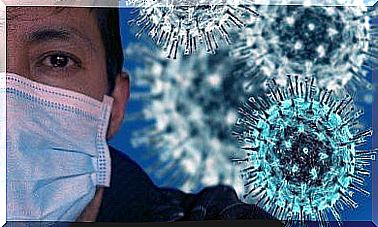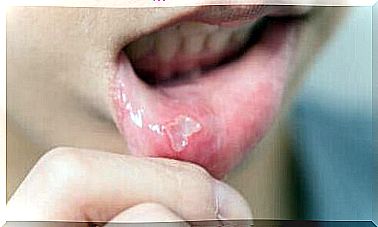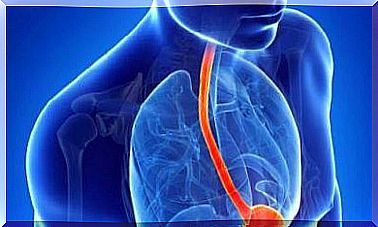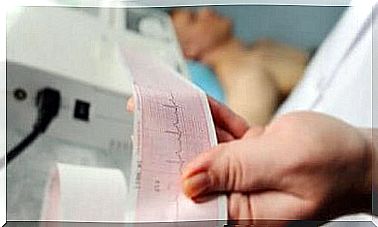Infants’ Respiratory Diseases
A respiratory disease can endanger the life of an infant. Therefore, early diagnosis is essential to prevent this from happening.
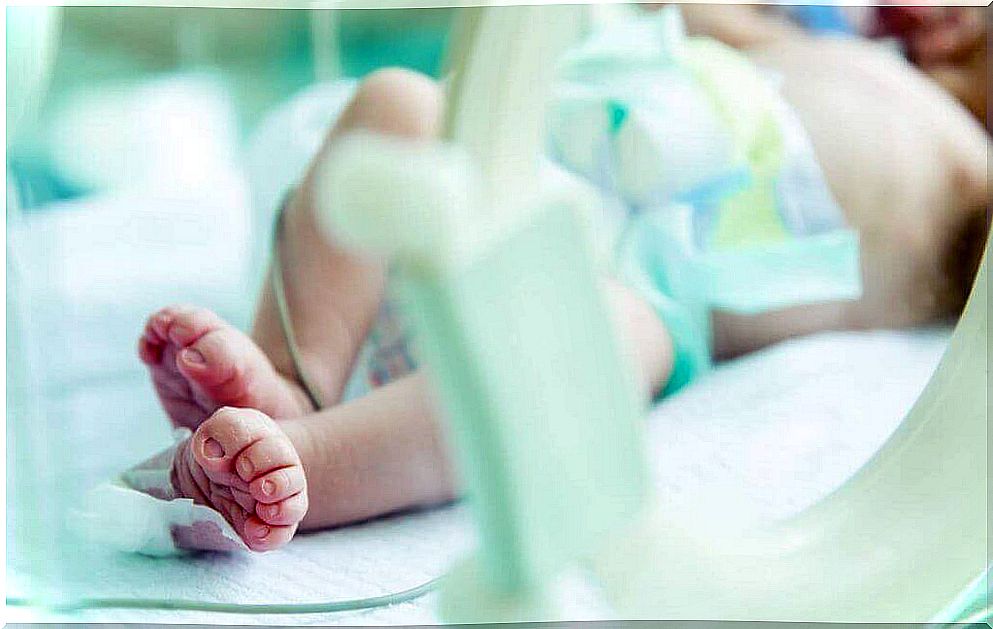
Babies are particularly at risk from certain diseases. Early diagnosis and effective treatment are therefore particularly important in order to avoid serious consequences. In today’s article, we focus on infant respiratory diseases that need to be detected and treated as early as possible.
The study Trastornos respiratorios en el recién nacido ( Eng . Respiratory disorders in newborns) shows that small babies very often suffer from breathing difficulties. This can come as a surprise at first sight, especially when you consider that these diseases could be fatal.
That is why early diagnosis and treatment are so important. Today, learn more about the most common respiratory diseases and how they are treated.
Respiratory diseases
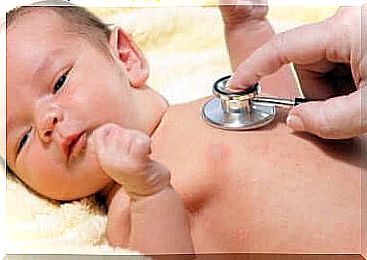
The synonymous terms “respiratory distress syndrome of the newborn”, “respiratory distress syndrome of the premature baby” and “hyaline membrane syndrome” (IRDS for short) refer to pulmonary diseases that can be traced back to the immaturity of the newborn’s lungs. However, respiratory problems can also result from infection or congenital abnormalities.
During the subsequent consideration of various diseases of the respiratory system , we rely on a study by the doctor César Alberto Orozco entitled en Enfermedades respiratorias going neonatos (dt. Respiratory diseases in newborns) was published.
Interstitial Lung Disease (chILD)
The abbreviation “chILD” is derived from the English term “Children’s Interstitial Lung Disease” and describes the interstitial lung disease in childhood. This disease can affect all or part of the lungs.
The walls (interstitium) of the small cavities in the lungs (alveoli) are extremely thin and very elastic. In children with chILD, however, these walls widen, making it difficult for them to absorb oxygen and release carbon dioxide. In addition, the walls are less elastic as a result and the lungs can no longer contract as well during exhalation and can no longer expand as much during inhalation. This leads to chronic shortness of breath.
This happens spontaneously, usually in infants receiving ventilation therapy. Severely underweight babies can also suffer from it.
Affected children can partially compensate for the lack of oxygen by accelerating and deepening their breathing. If this is not the case, the supply of oxygen is necessary. In some cases, ventilation is required through direct access to the airways. For example, intubation may be required to achieve adequate oxygen saturation.
Pneumothorax
This respiratory disease is more common in premature babies. In doing so, air collects in the chest between the inner and outer lung cases, which leads to a collapse of one lung. So the lung collapses.
The air enters the pleural space between the lungs and the chest wall. Infants who suffer from it usually have bluish skin, which is technically known as cyanosis.
It is a medical emergency because a pneumothorax is often fatal. Chest drainage is usually required, in which the doctor inserts a tube into the pleural space to suck out the accumulated air and restore the negative pressure necessary for breathing.
Transient tachypnea of the newborn
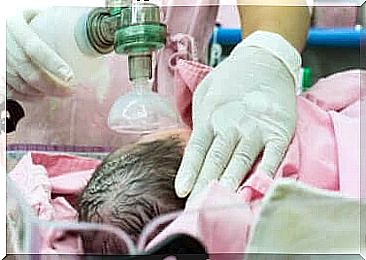
This illness is short-lived: the problem is solved in less than 24 hours. As with the aforementioned respiratory disease, the baby may have a blue discoloration due to the fluid in the lungs.
While the infant excretes a large proportion of this fluid when breathing, it can be difficult in some cases, especially with babies who have a Caesarean section or prematurely born.
The doctor will monitor the baby and provide oxygen if necessary. The child’s rapid, characteristic breathing indicates this problem. During treatment, the baby will be given fluids and food intravenously.
Other respiratory diseases in infants
We have detailed three respiratory diseases in infants. However, there are numerous other problems that can arise. We briefly summarize a selection:
- Congenital tracheomalacia: This occurs when the windpipe relaxes if it does not develop properly. Affected babies usually have breath sounds. This disorder usually improves after the age of 18 months.
- Congenital bronchiectasis: An infection or inhalation of a foreign body causes the airways to widen. Often complications arise in this case. The underlying infections, which are usually recurring, are treated. In most cases it is an irreversible injury.
- Pulmonary hypoplasia: It is a poor development of the lungs, the branches of the airways and the arteries. This creates breathing difficulties that often cause the baby to die. However, it is a very rare disease.
- Neonatal pneumonia: A lung infection in the newborn must be detected as quickly as possible because the mortality rate is relatively high. But with early antibiotic treatment, the child can be cured.
Of course, there are other respiratory diseases that newborns can suffer from. Early diagnosis is always essential in order to be able to initiate appropriate treatment as quickly as possible. The medical team carries out the necessary examinations in order to then treat the baby accordingly.

